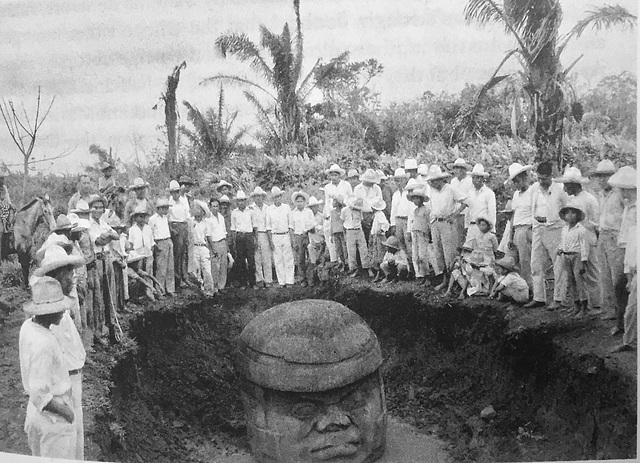Figure 10
Figure 22
Figure 70
Figure 55
Figure 53
Charles Taylor
Ernst Shafer in Tibet
Cornelius Ryan
Noor Inayat Khan
Richard Wagner in 1842, from the Portrait by E. Ki…
10
Wine
Arugula Awakening
Telescope
Spinoza
Interior with Woman beside a Linen Cupboard
Map 12.1
Figure 4
Mylodon / Mylodon darwinii
ARTIC SHIPRECK. 1823
Bodhidharma
FIGURE 5.2 ~ Schopenhauer's Buddha?
Ruriko-ji Temple, Yamaguchi, Japan
FLAT-TOPPED MOUNTAINS OF PARAUA-QUARA, LOWER AMAZO…
Pointing's Ice Cave
Terra Nova stuck in the pack ice, December 1920
Voltaire
FRIEDRICH NIETZSCHE
SHACKLED BY VALUE SYSTESM
POLARIZATION OF THE CLASSES
Beagle
Beagle
Charles Darwin
Darwin
Darwin's old study at Down
Charles Darwin
Representation and Reality
ABOVE AND BEYOND
THE NATURE OF EXPERIENCE
Denis Diderot
IN THE EYE OF THE BEHOLDER
Knowledge of the External World
A LADY AT HER MIRROR, JEAN RAOUX (1720s)
RULED BY THE HEART
THE STROMING OF THE BASTIEEL
INTELLECTUALS GATHERING AT THE CAFE D'ALEXANDRE, P…
DECLARATIONS OF THE RIGHTS OF MAN
VOILA D'AMORE
FREEDOM OF EXPRESSION
THE PICTURE THEORY OF MEANING
QUEEN CHRISTINA OF SWEDEN & DESCARTES
THE GREAT RATIONALISTS
THE TRIAL OF GALILEO
THE COPERNICAN SYSTEM
SAINT AUGUSTINE
Entrance to a Vorkuta Iagpunkt
George Williams
Samuel Smiles
Charles Darwin
Lady truth
REMBRANDT, THE TWO PHILOSOPHERS (1628)
Hall of Heroes
Urizen
See also...
Keywords
Authorizations, license
-
Visible by: Everyone -
All rights reserved
-
43 visits
this photo by Dinesh


Curious villagers surrounding the great Olmec head excavated in 1939 by archeologist Mathew Stirling in the Mexican state of Veracruz
en.wikipedia.org/wiki/Olmec_colossal_heads
Translate into English
en.wikipedia.org/wiki/Olmec_colossal_heads
Nouchetdu38, Erhard Bernstein, Stephan Fey, Pics-UM have particularly liked this photo
- Keyboard shortcuts:
Jump to top
RSS feed- Latest comments - Subscribe to the comment feeds of this photo
- ipernity © 2007-2024
- Help & Contact
|
Club news
|
About ipernity
|
History |
ipernity Club & Prices |
Guide of good conduct
Donate | Group guidelines | Privacy policy | Terms of use | Statutes | In memoria -
Facebook
Twitter

Across the back of the stela were clumps of dots and bars, a notation familiar to Stirling for the Maya. The Maya used a dot to signify one and a horizontal bar to signify five; the number nineteen would thus be tree bars and four dots. Stirling copied the dots and bars and “hurried back to camp, where he settled down to decipher them” The inscription turned out to be a date: September 3, 32 B.C., in today’s calendar. ` Page 233
Sign-in to write a comment.